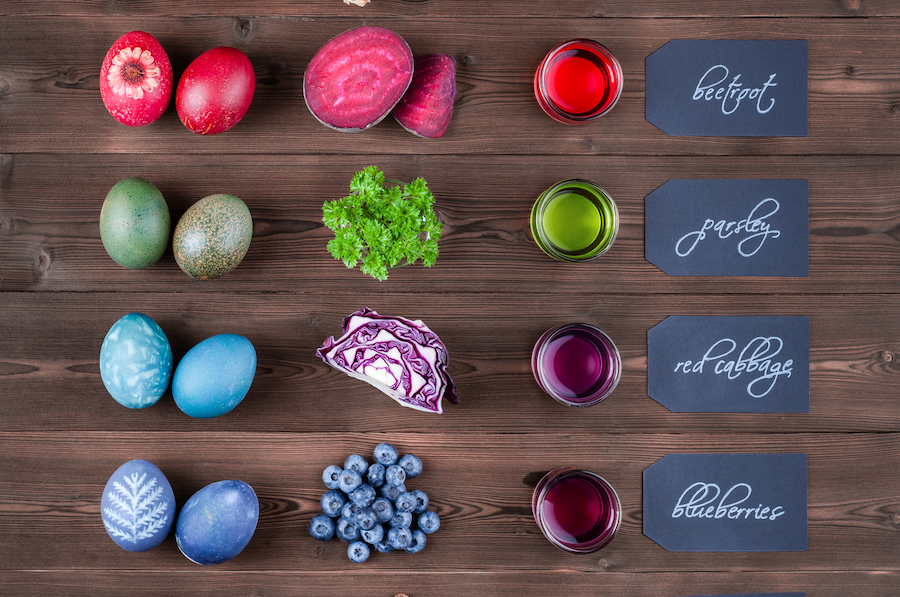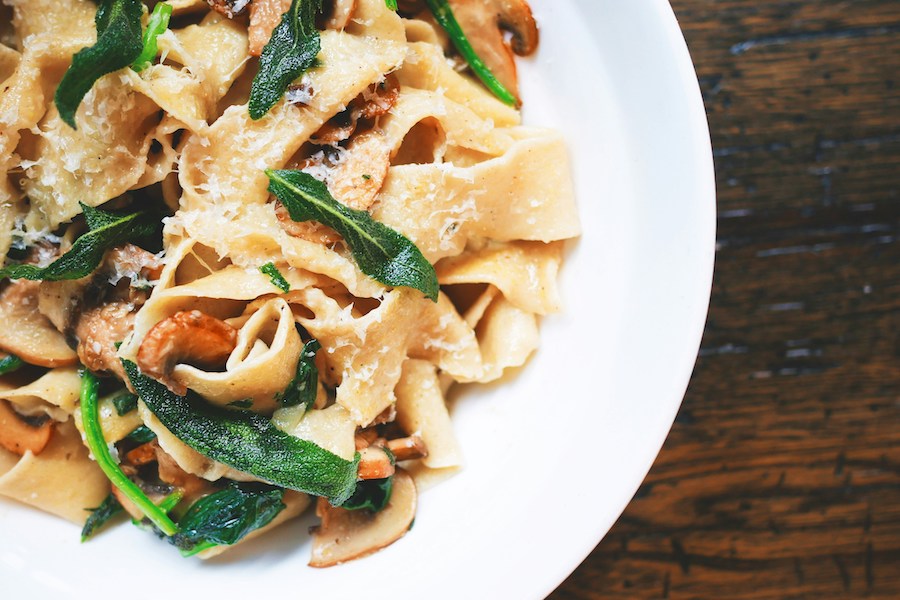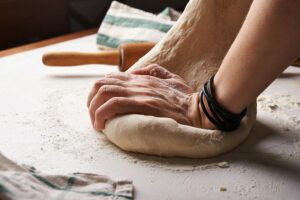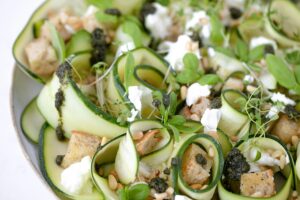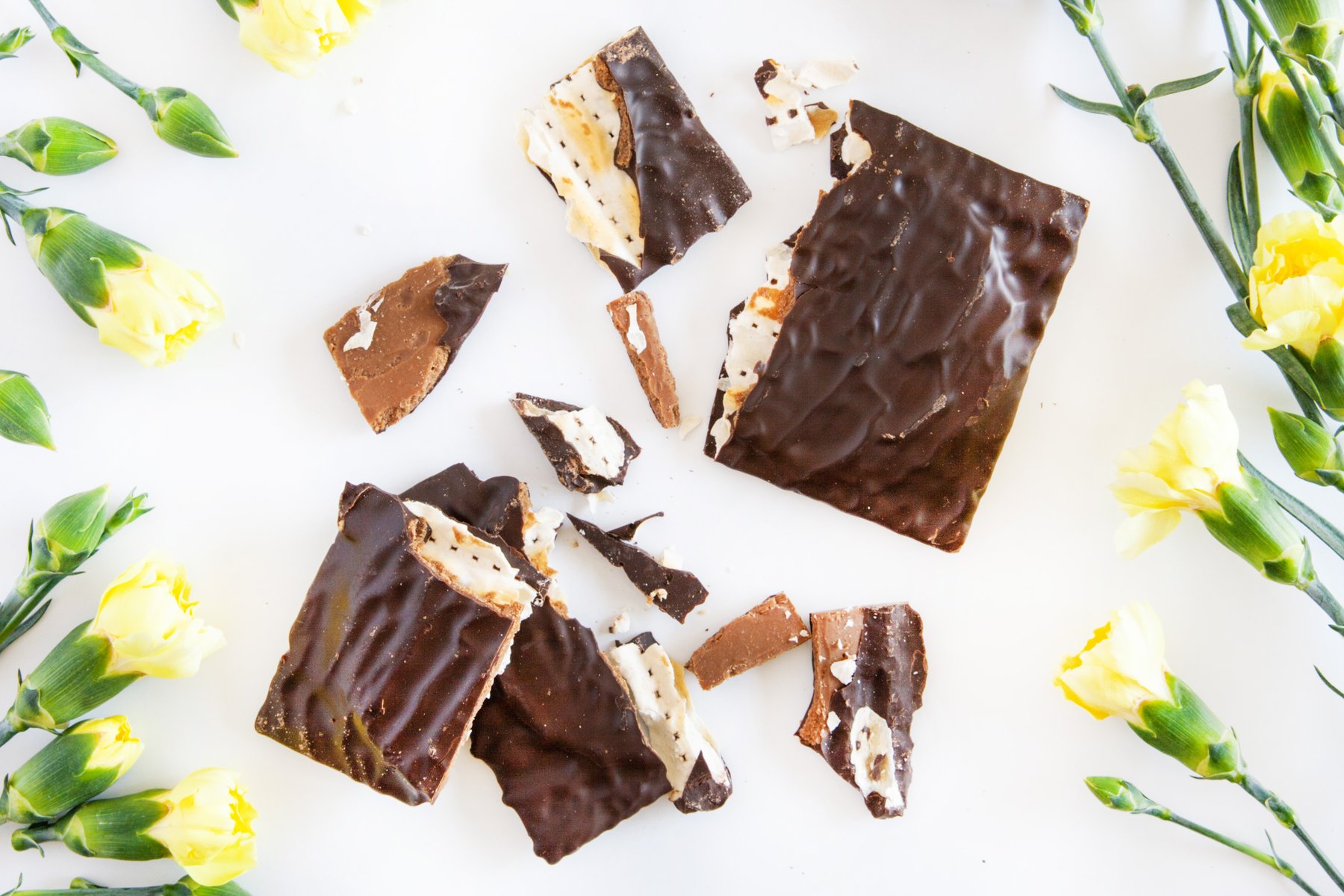We’ve been looking for natural Easter egg dye recipes because I’m not sure how Easter egg decorating goes at your house, but in my kitchen, we end up with dye everywhere…including all over my kids. Learning how to dye Easter eggs naturally is so worth it, since it results in such beautiful colors–and I’m always up for easy ways to reduce our exposure to chemicals.
Not to mention, making dyes out of real food is much more educational for the kids than dropping pellets into a bowl of vinegar. Right?
Of course you can try one of these beautiful no-dye egg decorating methods too.
This post contains affiliate links and some purchases may help support our team at no additional cost to you
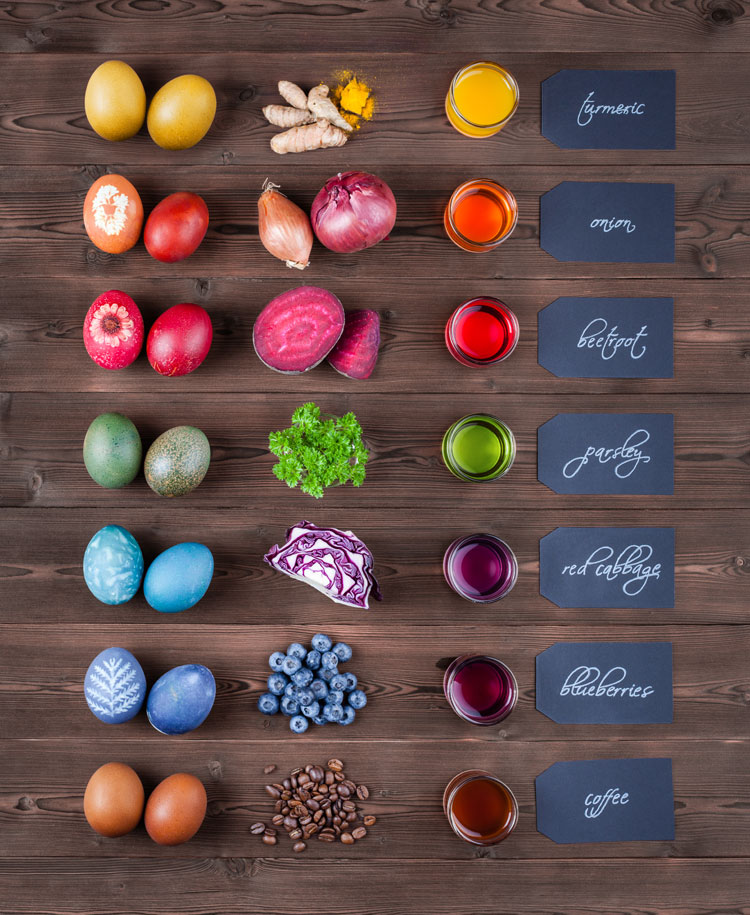 Photo © Stefan Berger licensed via Dreamtime
Photo © Stefan Berger licensed via DreamtimeNatural Easter egg dye: The base recipe.
I found a fantastic base recipe for naturally dyed eggs at The Kitchen, so there’s no need to recreate the wheel here. Head over there to see their tips for getting the base started, then you can add the following ingredients to get colors as vivid as you’d like
Natural Easter egg dye: Adding color
Once you have the base recipe made, add the following ingredients to get pretty, springtime colors.These are sourced from around the web, then optimized with my own trial and error.
Note that the amounts listed below yield 2 cups of dye liquid and unless otherwise mentioned, assume that you’re using white eggs. That said, you and your kids should definitely play around with brown or blue eggs, or layer colors to get even prettier combinations.
For Natural Pink Easter Eggs: 2 cups shredded raw, red beets
For Natural Red Easter Eggs: 2 cups red onion skins
For Natural Maroon Easter Eggs: 2 cups shredded raw, red beets on brown eggs
For Natural Red-Orange Easter Eggs: 1/4 cup paprika
For Natural Orange Easter Eggs: 2 cups yellow onion skins
For Natural Deep Yellow Easter Eggs: 1/4 cup (2oz) ground turmeric – this is an affordable 8oz bag.
For Natural Pale Yellow Easter Eggs: 4 ounces goldenrod OR the peels of 6 oranges
For Natural Yellow-Green Easter Eggs: 1/2 pound chopped fennel tops OR the skins from 12 yellow apples. This is the absolute best apple peeler by the way, especially if little hands are helping you peel., (You can use up the apples in one of these savory apple dinner recipes or one of these delicious apple pie variations.)
For Natural Green Easter Eggs: 2 cups fresh spinach OR 1 large bunch of parsley simmered in
simmered 1 large bunch of parsley in 2 quarts of water with 2 tablespoons of vinegar for about 30 minutes.
For Natural Turquoise Easter Eggs: 2 cups chopped purple cabbage OR 2 cups frozen blueberries
For Natural Royal Blue Easter Eggs: 2 cups chopped purple cabbage first soaked overnight
For Natural Lavender Eggs: skip the base recipe and soak the eggs directly in 1 cup of grape juice + 1 tablespoon vinegar
For Natural Brown Easter Eggs: skip the base recipe and soak the eggs in 1 cup of black coffee + 1 tablespoon vinegar.
Natural Easter egg dye: Money-saving tips
Obviously, natural dyes can get a lot more expensive than a cheap store-bought kit if you’re buying these ingredients just for dying. But you can save money by planning ahead and finding multiple purposes for the ingredients you want to use.
Like, go ahead and make an apple pie for Easter brunch or squeeze some fresh OJ after you use the orange peels for the dye.
Also, plan ahead: Starting a week or so before you plan on dying your eggs, hang on to the leftover beets or spinach that your kids don’t eat at dinner, or save the onion skins from the one you chopped for dinner to use in the dye later. You can store the ingredients in the freezer.
It will save you a few dollars and show the kids there are fun reasons to be resourceful and cut down on food waste.

